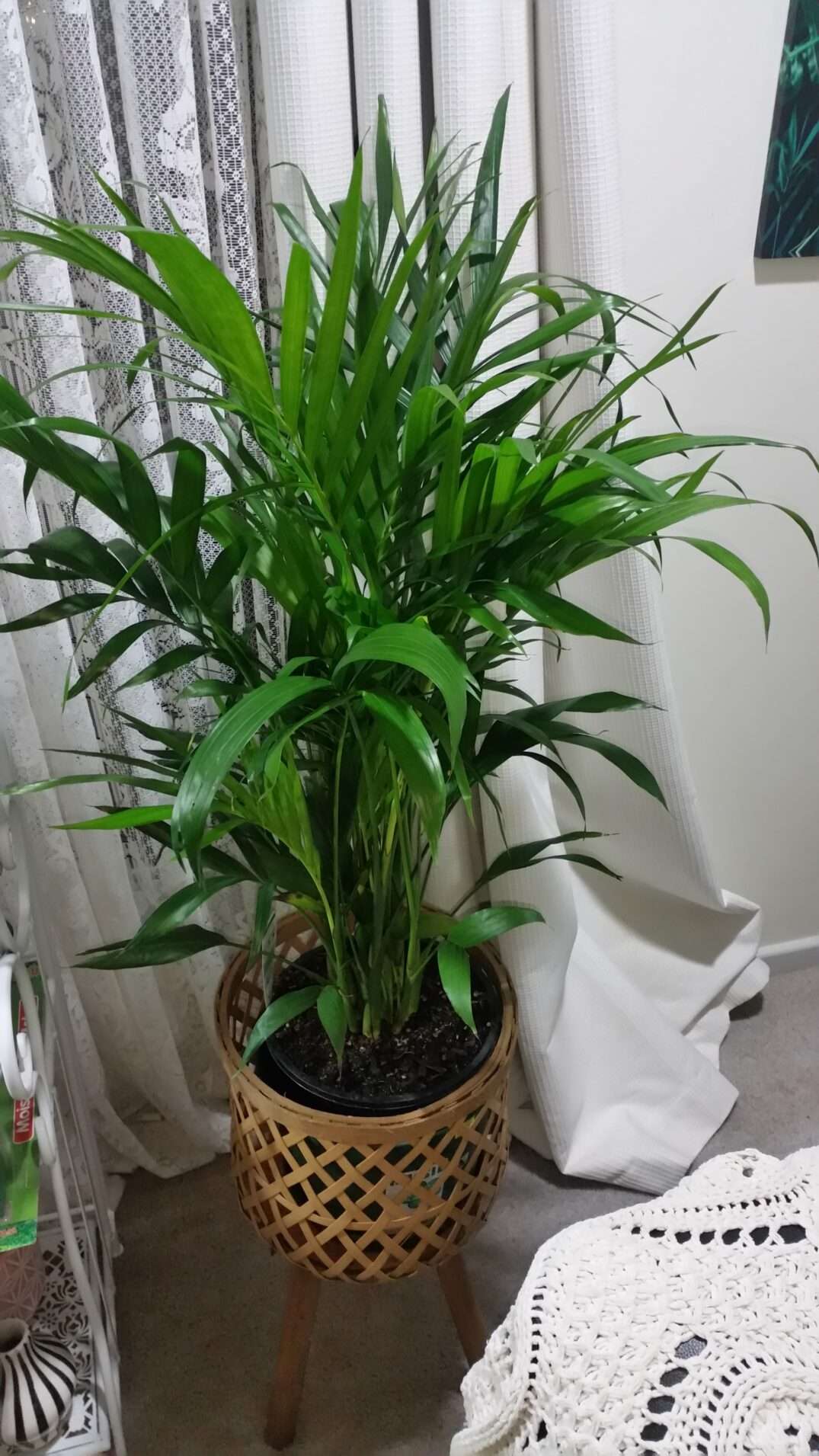Organic Indoor Gardening.
So what is the difference in growing indoor plants organically as compared to conventional methods. The main difference is the use of organic potting mix or soil and organic fertilizers. As we tend not to eat the usual plants grown indoors this is not as critical as it is when growing organic food.
There are now some great indoor systems that allow you to grow herbs and vegetables indoors under artificial light. How they work, nutritionally, I do not know. But I am sure you can alter these to enable the use of organic fertilizers if you so wish.
There are many organic fertilizers on the market suitable for indoor use. Depending upon the type of plant you wish to grow determines the type of fertilizer to use, such as foliage plants, flowering plants such as African violet, ferns, cacti, palms or Australian natives. If trying to grow an Australian native indoors or on the verandah be careful to not add fertilizers containing phosphorus as such plants have a low tolerance for this element. Many indoor plants tend to be foliage plants and they often have large, glossy leaves meaning they originate from the under- storey in the jungle or rain forests and so don’t need as much light as other plants.
Also depending upon the type of plant i.e., foliage or flowering, and what appearance you want from the plant, determines the type of fertilizer used. In spring if you want to encourage foliage growth, look for those with appropriate quantities of nitrogen, phosphorus and potassium to encourage this type of growth. Use of higher nitrogen levels are better for foliage plants whereas potassium and phosphorus are great for flowering and fruiting ones. For micro nutrients and a booster for plants in poor condition I tend to give a liquid feed of seaweed extract or fish emulsion. There are plenty of organic fertilizers available in the supermarkets these days.
In early spring, a good practice is to pot up indoor plants into the next size pot and add slow release fertilizer or chicken manure pellets or animal manure that has been composted. While some of these fertilizers are a bit smelly a good ideas is to mix it well in the potting mix before re potting. You can also leave the potted plant outside for a few days till the odor dissipates. A boost of liquid seaweed and/or fish emulsion will perk them up as well. You don’t really want to use a sterile potting mix as it is the organisms in the soil that are being beneficial in reducing the pollution in the indoor atmosphere. It is believed that indoor plants help improve the quality of the air by filtering out those chemicals given off by plastic items in the home, as well as, televisions, and even the carpet.
